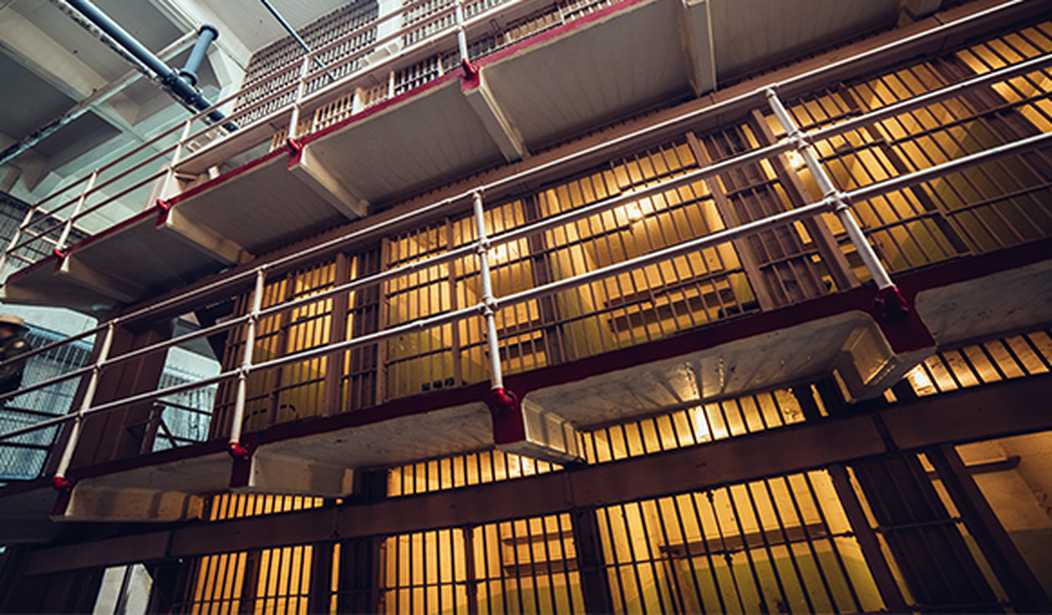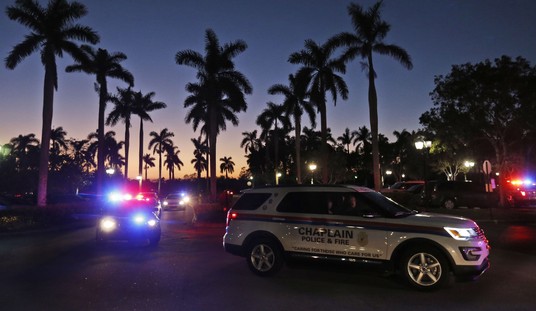Since the 2022 passage of the Juvenile Justice Reform Act by the members of the Maryland General Assembly, the level of juvenile crime has ballooned in such a fashion that it would make even the most cynical of advocates shake their heads in disbelief.
According to statistics given to us by the Baltimore City State's Attorney's Office, offenders under the age of 18 charged with a crime in the first six months of the year went from 191 in 2022 to 590 in 2024. That's more than a 200% increase in the two years following the bill's passage. Juveniles charged with stealing automobiles increased from 82 in 2022 to 212 this year, while robbery suspects skyrocketed from 17 cases two years ago to 246 cases as of July 15, 2024.
And this is only based on the number of cases the Department of Juvenile Services has decided to send to the prosecutor's office to charge. This state agency has been given the power to decide whether or not to send offenders' charges to the prosecutor's office for prosecution, or instead send the child to a diversionary program -- if not completely do away with the charges altogether with no accountability
The difference between the juvenile and adult criminal justice systems is quite glaring. While the adult system is designed more as a punitive system built to ensure the offender is given a sentence equal to that of the crime committed, the juvenile system is geared more toward rehabilitation, aimed at diverting the child from the criminal behavior.
The problem is, those tasked with being the gatekeepers on whether or not a juvenile is charged or diverted are unqualified non-attorneys in the DJS who believe children are not responsible for many of their actions due in large part to their limited brain development. These intake officers are making legal decisions without having a clue as to the elements of the crime, and without taking into account public safety or the impact of the juvenile's action on the victims of their crime. Simply put, empowering DJS workers to decide the judicial fate of juvenile offenders is like letting a retail store cashier replace an IRS agent to become the tax compliance officer for individuals and businesses.
Recommended
And while prosecutors and law enforcement officers led the charge this year on reshaping some of the "reforms" the state legislature passed a few years ago, it appears as if juvenile advocates are prepared to take it a step further in ensuring juveniles are given a free pass by introducing legislation that would call for all juvenile crimes to be charged in the juvenile division. Cases such as armed robbery, rape and even murder would start with the untrained professional evaluation of the DJS caseworker and work their way through the juvenile system without oversight from the prosecutor's office or the public, given that all juvenile matters are sealed.
This model was employed in Washington, D.C., back in 2021, known as the Redefinition of Child Amendment Act, which stripped prosecutors from having the unilateral authority to prosecute 16- and 17-year-olds charged with heinously violent offenses as adults. This process puts the burden on the prosecutors to prove before a judge that the juvenile charged with the alleged rape, robbery or murder an individual has no reasonable chance of being rehabilitated within the juvenile system.
This radical change was based on scientific research showing that the brain is not fully developed at ages 15, 16 and 17, and that even those who commit such serious crimes can learn and evolve, according to the author of the legislative change in D.C. That author was self-described liberal Karl Racine, the first duly elected Washington, D.C., attorney general who believed that despite the crime, the system should focus entirely on rehabilitation and not punishment. Therefore, if a juvenile is convicted of murder, they are not allowed to be sent to prison but instead must be placed in the D.C. Department of Youth Rehabilitative Services until they turn 21, at which time they are released into the public.
So a juvenile charged with murder at 16 years old may only end up receiving upwards of five years (at the most) of "rehabilitative services," while the person murdered is gone forever. In Maryland, a juvenile arrested for a crime that is not a felony or heinous crime, such as stolen auto, is brought to the DJS for an evaluation, where the intake officer performs a numeric evaluation based on multiple factors, including their past interactions with law enforcement, schooling, etc. But what is not factored into that score is the current charge, and the seriousness of that offense, or whether or not that juvenile is a threat to public safety.
That DJS worker then decides whether or not to send that child back home to their parents free and clear, or with an electronic home monitoring system attached; or whether or not to detain the child. A juvenile is almost never detained for a misdemeanor charge, regardless of how many times they have come in and out of the system for that exact same crime. The officer then has up to 25 days (it will be reduced to 15 on Nov. 1, when the new law takes effect) to decide if they want to refer the case to the prosecutor's office for charging.
Therefore, there is a likelihood that the prosecutor's office may never know a juvenile has been arrested numerous times for a particular crime until, and if, this DJS worker decides to forward the case to their office for prosecution. And to make matters worse, when a child is placed on Community Detention/Electronic Monitoring, or simply GPS, they may violate -- or "abscond," as it's known -- several times and still be placed back on the program.
That is also set to change with the start of the new law later this year, after State's Attorney Ivan Bates raised the issue that anyone who violates the agreement of home monitoring should be reported to the courts, the prosecutors and defense counsel within 24 hours of violating.
So as you can see, there are many nuances within this system that give one pause as to how effective our juvenile criminal justice system is with an agency like the DJS running the show. Maybe it is time we think about reforming the system by letting those trained and hired to understand the role of the system do their job without the interference of those who are basing their public safety model on a scientific theory of an individual rather than the effect it will have on the public safety of the community as a whole.
























Join the conversation as a VIP Member